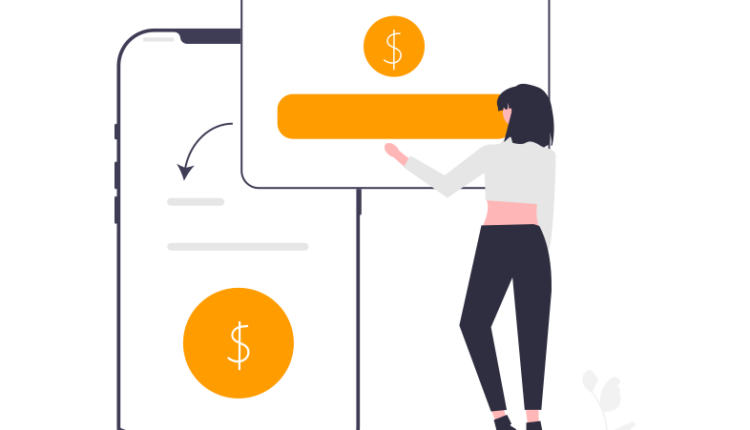Your ad inventory pricing plan as a publisher can make or break your revenue optimization efforts. The floor price is an important but frequently disregarded component of this. Let’s look at why it’s important to set floor pricing, how it works, and what elements to consider when doing so.
Why Does Floor Price Matter?
Spending on programmatic advertising reached a phenomenal 418 billion US dollars in 2021 and is expected to reach a stunning 725 billion dollars by 2026. Understanding and correctly setting the floor pricing as a publisher is critical to maximizing the potential of your ad inventory and generating significant revenue.
What is a Floor Price?
The floor price is the lowest amount you are ready to accept as a publisher for your ad inventory. It serves as a criterion to ensure that your inventory is not undersold.
For example, if you set a floor price of $5 and receive bids of $4, $5, $6, and $7, you will only evaluate the final two bids. Everything below your specified floor price is removed.
Types of Floor Price
Floor Covering
This occurs when advertisers consider a bid that is somewhat lower or around the floor price specified by the publisher. Accepting soft floors is typical because it provides some revenue rather than none.
Hardwood Flooring
With a hard floor, the publisher accepts no bids that are lower than the stated price, ensuring complete control over the ad inventory’s value.
The Dynamic Floor
Dynamic pricing floors dynamically adapt based on demand partners’ historical performance. As programmatic demand channels change, publishers must monitor and optimize these floors.
How Does Floor Price Work?
Networks that bid below the minimum price are rejected with the arrival of real-time exchanges and header bidding. Only bids at or above the minimum are taken into account.
Publishers frequently adjust their floor pricing in consultation with their partners. Ad tech firms also use data to optimize pricing floors, altering them to obtain the maximum potential yield.
Factors to Consider When Setting Floor Price
• Country: Consider raising the floor in countries where advertisers are ready to spend more, and lowering it in countries where CPMs are lower.
• Device: Your floor prices may fluctuate depending on the device, taking into account user behavior and preferences on various devices.
• Day Separation: Adjust your floor pricing according to the time of day to correspond with when your inventory is most valuable.
• The season: Seasonality has an impact on CPMs and publisher revenues. Adjust your floor prices to take advantage of times when advertisers are willing to spend more.
• The audience: Use distinct audience settings based on the areas of your website, raising the floor for portions that are in high demand at specific times.
• Ad Size: It Increases the floor for ad units that perform well based on buyer demand.
How to Set Floor Price? Manual vs. Automated
Setting the floor price takes time, but it is critical for maximizing revenue. You can accomplish it manually or with Dynamic Price Floor Optimisation (DFO) software provided by vendors. DFO automatically establishes price floors based on the above-mentioned computations. However, retrieving bid ranges information on a regular basis will assist you in determining where the majority of bids are won or lost.
Conclusion
Continuous monitoring and analysis are required to optimize pricing floors. Avoid large modifications and instead make gradual changes based on an examination of average CPMs from demand partners. If you need advice on where to start with optimization or have any questions, please don’t hesitate to contact us.
Frequently Asked Questions
Q1. What does floor price mean?
A floor price in advertising technology refers to the minimum price set by a publisher for ad inventory below which it will not be sold.
Q2. What is an example floor price?
A premium digital advertising space on a prominent news website could serve as an example of a floor price. The publisher establishes a minimum of $10 per thousand impressions (CPM). Advertisers interested in this ad space must bid at least $10 per thousand impressions to ensure a minimum revenue for the publisher.
Q3. What is the floor price and selling price?
The floor price is the lowest price set for an ad space that will not be sold. The selling price is the real cost of a product or service to customers.


